Operation Sindoor: A Game Changer of Narratives
14 Jun 2025 21:57:33
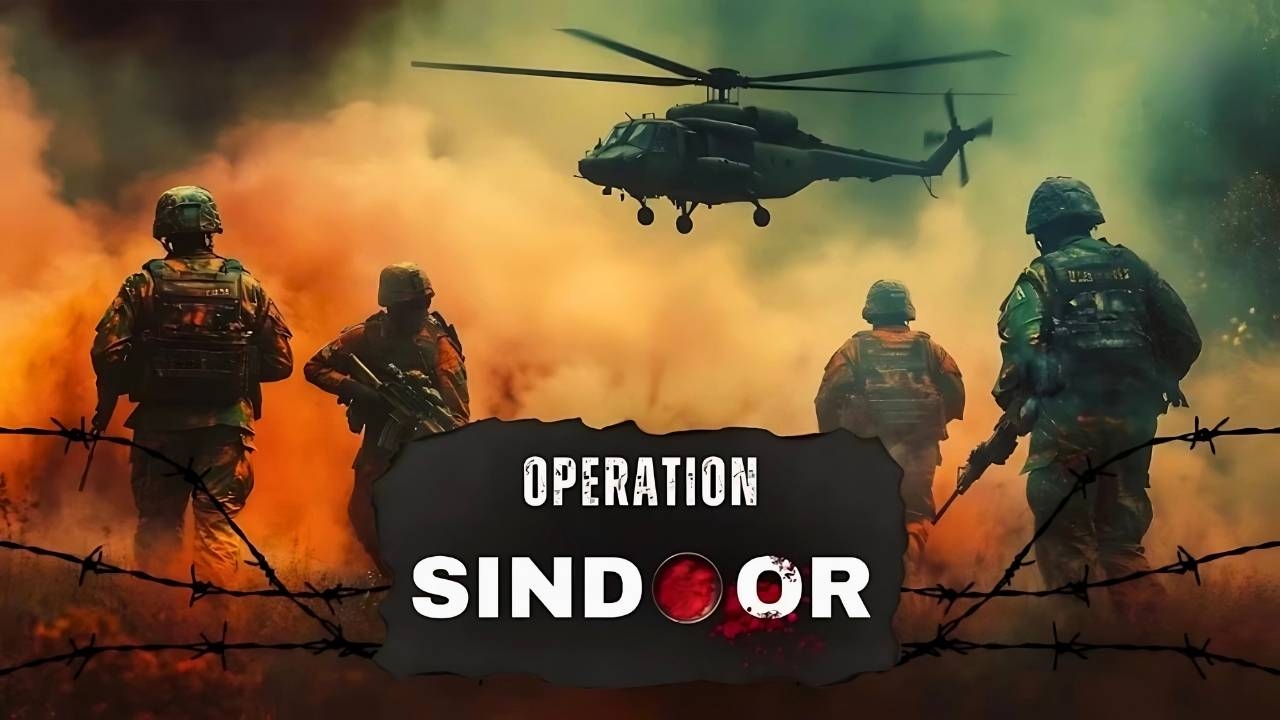
Operation Sindoor has transcended beyond a mere tactical or intelligence-gathering mission, transforming into a strategic breakthrough that has unveiled previously unexplored facets of geopolitical reality.
It has revealed deeply embedded truths about Pakistan's internal structures, foreign relationships, and the hidden hands that influence its survival. Most importantly, it has challenged Bharat and the world to rethink their perception of Pakistan’s power dynamics, military dependencies, and international support systems.
1. Rewritten Narratives: US–Pakistan–China Triangle
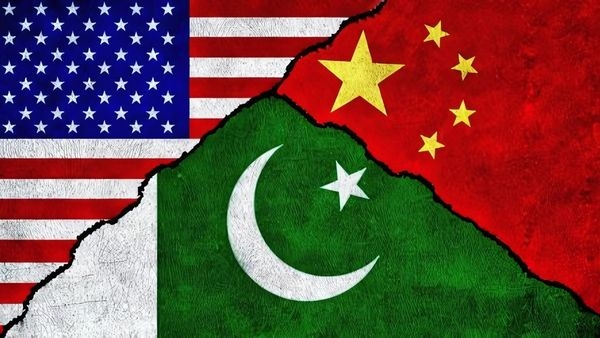
Traditionally, for the South Asian chessboard, the strategic view was simple: China was Pakistan's "all-weather" ally, and the US had an inconsistent, often tactical, relationship with Islamabad. However, Operation Sindoor exposed America’s entrenched military interests in Pakistan, effectively flipping this narrative.
The U.S. involvement in the 2011 raid to kill Osama bin Laden in Abbottabad—without Pakistan’s prior knowledge—was not a standalone mission. It showcased America’s deep intelligence penetration inside Pakistan. OP Sindoor further validated these findings with revelations about the Nur Khan Airbase being under American command to such an extent that even Pakistan’s own army is not allowed to enter here.
This new understanding clarifies the situation that while China offers economic aid and infrastructure support through CPEC (China-Pakistan Economic Corridor), the US holds strategic military leverage. American military leaders’ support for Pakistan’s recent rescue operations during natural disasters shows this alliance is far from symbolic.
2. Pakistan’s Controlled Democracy: A Masked Military Feudalism
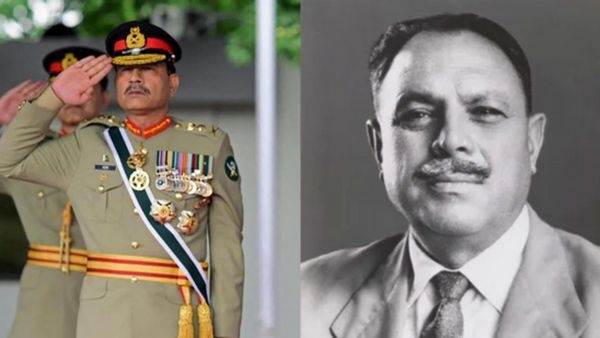
Pakistan presents itself as a democracy, but in reality, it functions under a military-feudal oligarchy.
Pakistan has seen multiple military coups—in 1958, 1977, and 1999. Even under civilian governments, the army controls foreign policy, especially vis-à-vis Bharat, Afghanistan, and the US.
Pakistan’s ISI (Inter-Services Intelligence) has been accused of manipulating elections, sponsoring terrorism, and controlling the judiciary.
The ousting of Prime Minister Nawaz Sharif in 2017, allegedly under pressure from the military establishment, was a result of overstepping into military territory.
Despite this autocracy, the so-called torchbearer and self-declared protector of democracy in the world, the US, provides financial and military aid for Pakistan.
Recently, Pakistan received a significant influx of funds from the IMF. The US fully controls the IMF's decisions through its voting power. In fact, the IMF board requires votes from its member countries for any allocation of funds. The credits determine the value of a vote, taking into account the size of the member country. The US has the highest credits among all members.
3. The Shadow Government and Extremism Nexus
Operation Sindoor unearthed how the Pakistani Deep State—an alliance of military, intelligence, and religious extremists functions as a real power centre.
Extremist groups such as Jaish-e-Mohammed, Lashkar-e-Taiba, and even Tehrik-i-Taliban Pakistan (TTP) have often been used as proxies. This allows the military to attack civilian leaders, control public sentiment, and destabilise Bharat without official involvement.
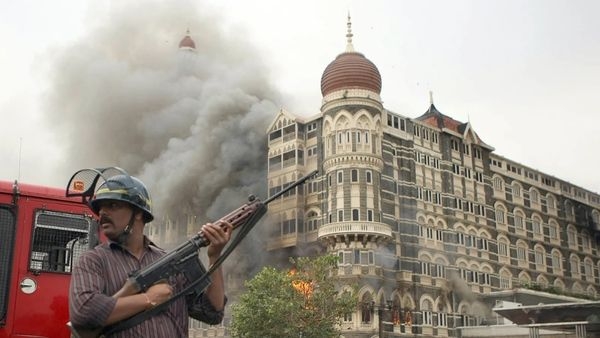
The 2008 Mumbai attacks, led by Lashkar-e-Taiba, occurred while Pakistan publicly denied involvement. Yet, global intelligence later connected ISI’s support to the attackers.
OP Sindoor revealed that fundamentalist groups act as arms of the military, used to enforce its will and eliminate opposition, internally and externally.
4. Nur Khan Airbase and U.S. Nuclear Tactical Presence
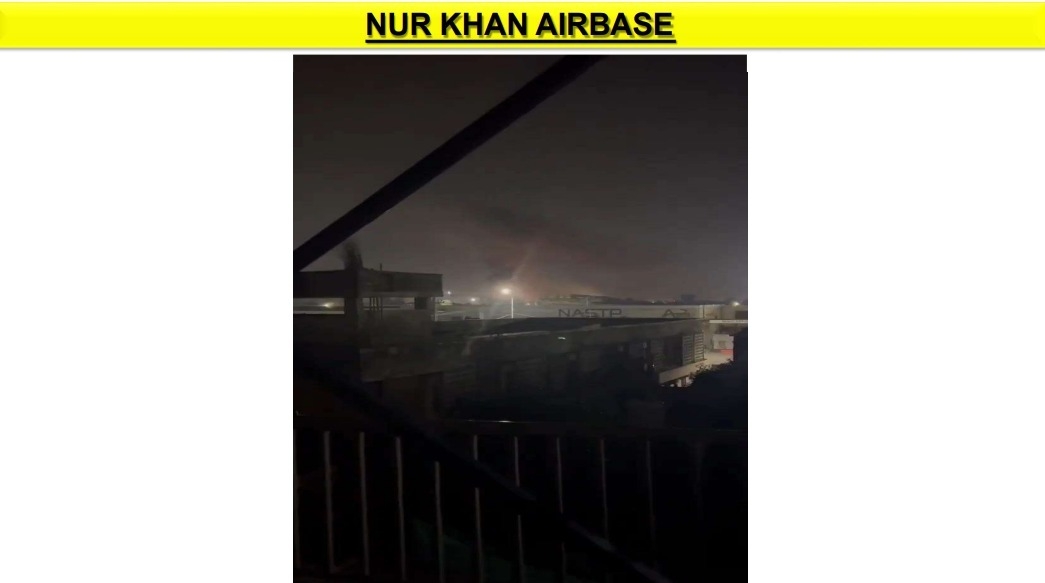
One of OP Sindoor's most shocking revelations was the operational control of Nur Khan Airbase by the United States—to such an extent that even Pakistan’s own military has restricted access.
Nur Khan (formerly Chaklala Airbase) has been linked with American operations since the Cold War. During the 1950s, U-2 spy plane missions used it, and later, it provided logistical support in Afghanistan.
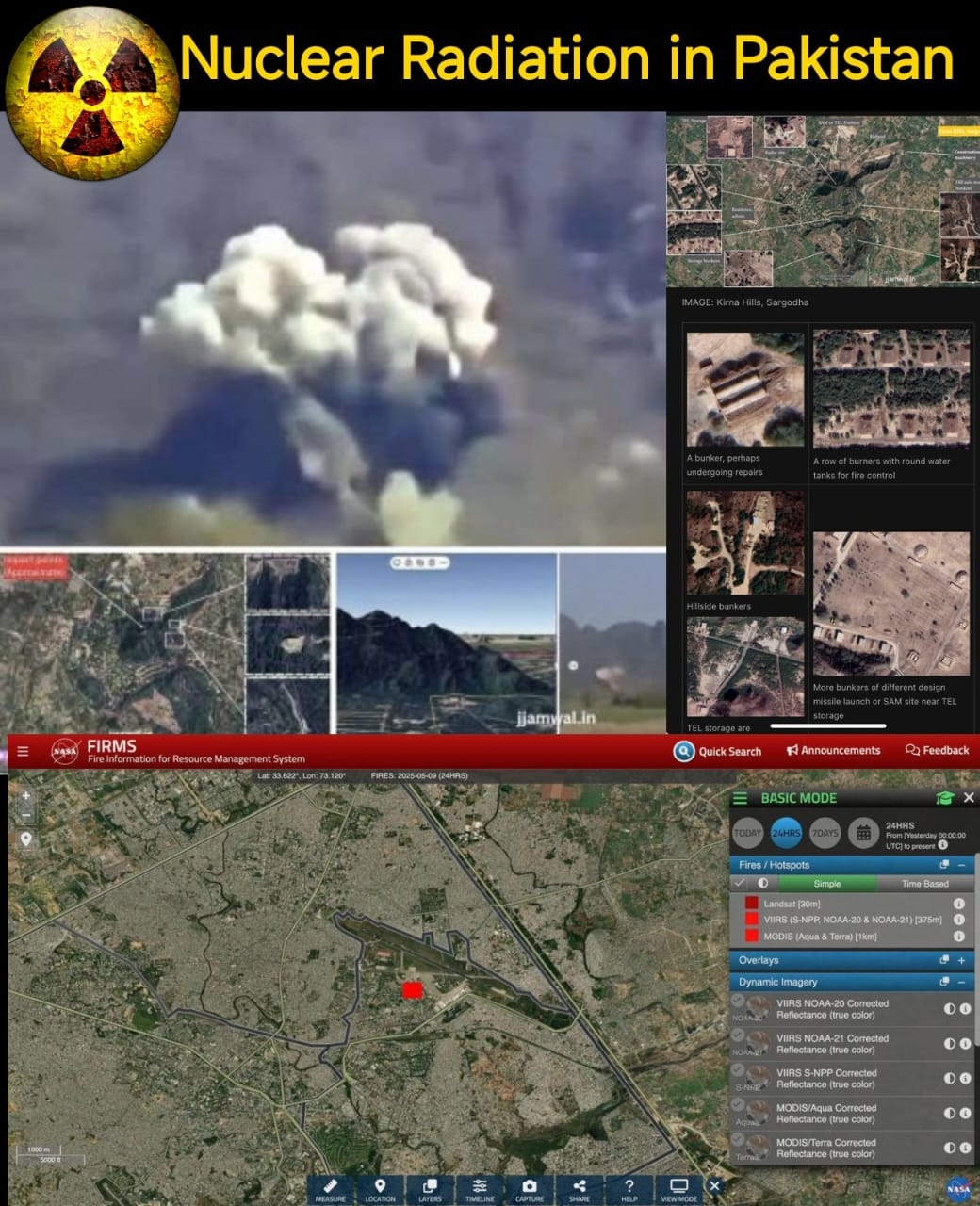
OP Sindoor revealed that tactical nuclear weapons are stored on Pakistani soil—likely in Kirana Hills, where Pakistan conducted nuclear tests in the 1980s.
These findings imply that any Indian military operation must factor in not just Pakistan’s nuclear capabilities but also U.S. reaction to protecting its assets on Pakistani soil.
5. U.S. Support: The Lifeline for Pakistan’s Existence
Despite Pakistan’s economic collapse, ethnic strife (Baloch, Pashtun, and Sindhi separatist movements), and terrorism, the country remains afloat.
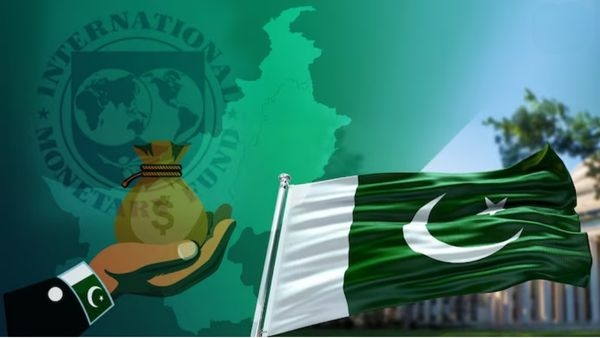
Pakistan’s economy has survived multiple near-bankruptcies thanks to IMF bailouts, US aid, and Saudi financial support—all coordinated through American influence.
Without this external strategic and economic lifeline, Pakistan may have faced state failure long ago. OP Sindoor exposes this reality, challenging the idea of Pakistan as a self-sufficient nuclear power.
6. Bharat’s Internal Political Dynamics and Foreign Influence
OP Sindoor also sheds light on why certain political sections within Bharat often question government decisions and military operations, including surgical strikes or Balakot airstrikes.

Protesting against the Indus Water Treaty abeyance, calling for "proof", asking for sensitive information like the number of fighter aircraft, and criticism of the military by certain leaders—most notably the Congress and Communist Party—can be considered echoing narratives pushed by foreign-funded think tanks or lobbyists.
Rahul Gandhi's frequent interactions with Harvard, Cambridge, and US-based institutions, where Bharat is portrayed as a "failing democracy," align with global efforts to imbalance Bharat's rise under Modi's leadership.
Individuals like Sam Pitroda, who bridges between Indian opposition figures and global lobbying networks, seem to play a key role in sustaining this anti-national narrative.
7. Bharat: The Challenge to Western Hegemony
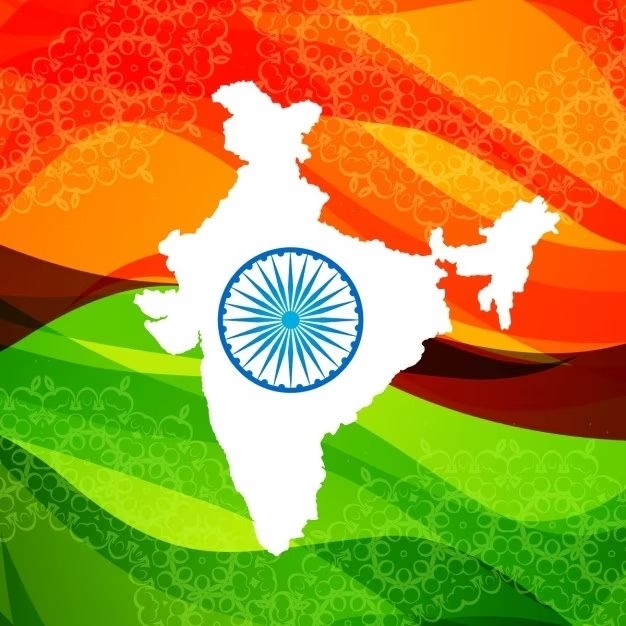
A civilised state like Bharat, with its youth-heavy demographic, rising tech prowess, and growing military might, presents an alternative power model to the Western global order.
Narendra Modi’s global popularity, strong governance model, and vision for Viksit Bharat threaten the status quo of a Western-dominated world.
Operation Sindoor is not just a mission—it is a mirror, reflecting the hidden truths of geopolitics in South Asia.
It has recalibrated Bharat's understanding of its adversary, exposed global duplicities, and reaffirmed the importance of internal unity and external vigilance.
It has shown that Pakistan’s military might is not its own but borrowed, and that Bharat’s rise will always be resisted by those invested in maintaining a Western-centric power order.
Understanding this is critical for Bharat's strategic planning, foreign policy, and national unity in the years to come.
Article by
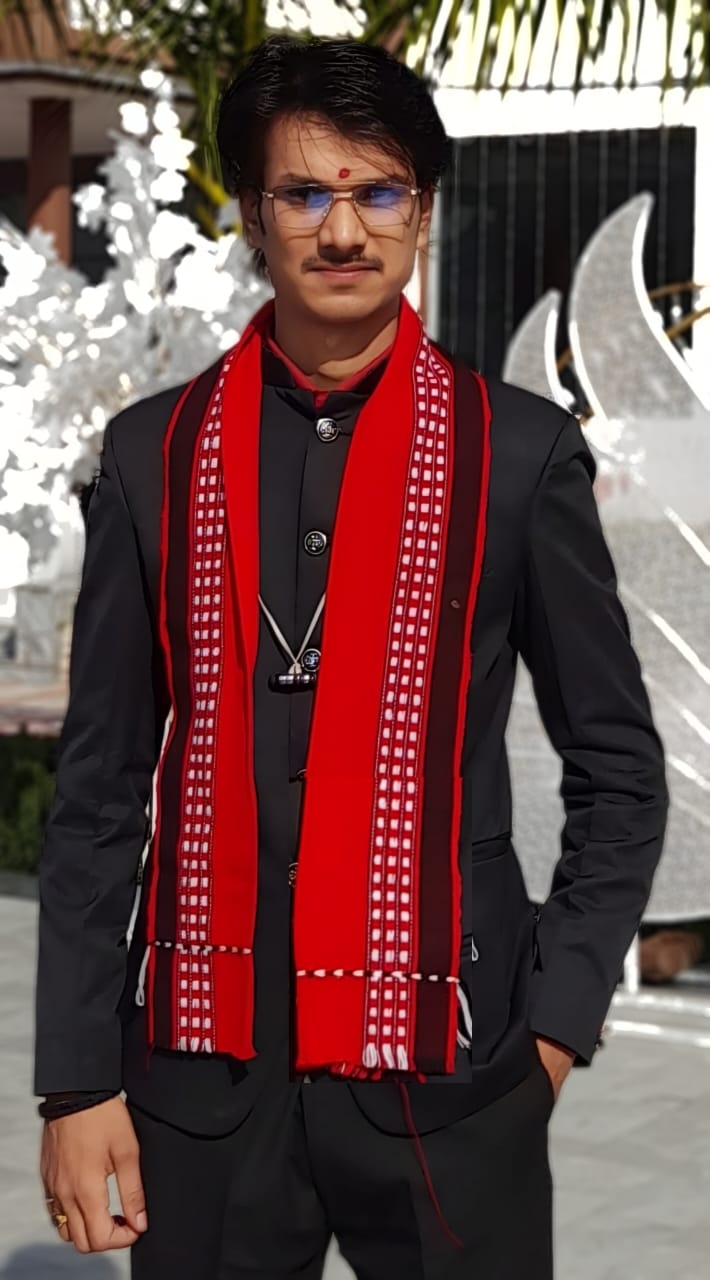
Suraj Bhan Sharma
Younginker